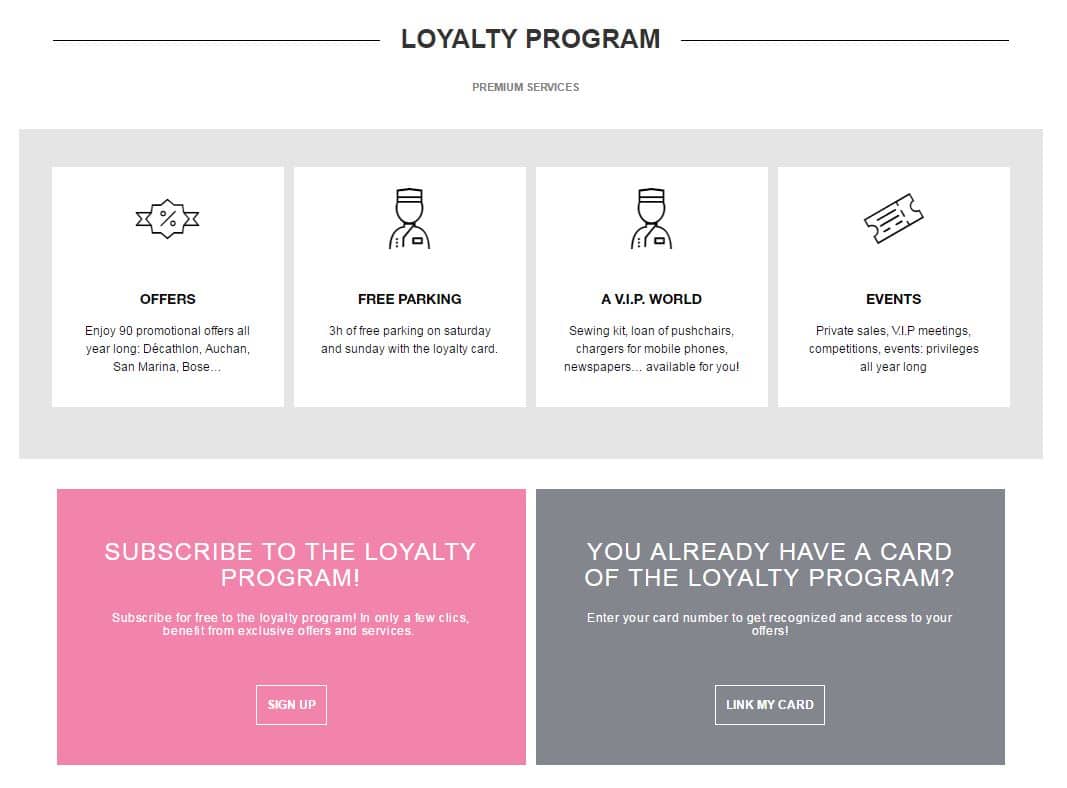I recently gave a speech on identity management and GDPR at the Gigya Identified 2017 conference in London. There I had the opportunity to listen to another Julien Marlot who is the head of digital activities at Unibail.
Unibail-Rodamco is Europe’s leading listed commercial property company specialized in shopping centers in European capital cities.
Julien gave some very interesting insights about how Unibail-Rodamco uses identity management on its website and it made me reflect about the opportunity of using recommendation algorithms in the context of retail malls.
How Unibail-Rodamco uses identity management
Unibail Rodamco has implemented identity management on the websites of its malls and offers benefits to customers logging in (free parking, discounts). Single-Sign-On is also implemented in the app of the mall which enables to track the position of the customers through the built-in GPS in her smartphone. Real-time recommendations could be used based on past purchases while the customer is in the commercial center.

Customers shop by habit in retail environments
The real opportunity I see for recommendation algorithms is their ability to influence consumers’ behaviors and change their habits. This may sound like manipulation but if the vision behind the algorithm is fair, this may be positive for the consumer.
As you know consumers shopping in a retail environment (say a supermarket) are guided by their habits. The path inside the store, the stuffs you grab, the checkout line, the time you shop … everything you do is so predictable. That’s because it has become a habit and habit are very difficult to change.
How to use recommendation systems in a retail environment
In the past supermarkets tried to change habits the hard way. They moved things inside the store to force exploration. This had little effect except for the frustration and unsatisfaction it generated among the most loyal customers. When you’re used to do something, you don’t want it to be changed.
If you want to change habits cleverly you have to grab consumers’ attention with a stimulus, and perhaps they’ll alter their habits (they won’t change it completely, take this out of your mind).
Interesting experiments have been carried out for instance with in-store promotion sms-based stimuli. And it worked! Customers did change their shopping path inside the store to take advantage of the discount.
Where recommendation algorithms can help is in promoting exploration, rather than always focusing on the exploitation of past purchases. Retailers use for the moment some types of collaborative filtering to come up with suggestions of new products you may like. But when I see the suggestions that Colruyt sends me, I don think they still have a lot of work ahead of them. The precision doesn’t look very good.
Where recommendation algorithms is perhaps in suggesting new areas of the store to explore, rather than always products. This is also were I see the potential for Unibail-Rodamco. Using technologies like beacons, they coul recommend under-visited parts of the mall that fit your expectations.
Posted in Marketing.